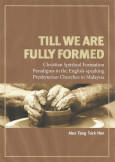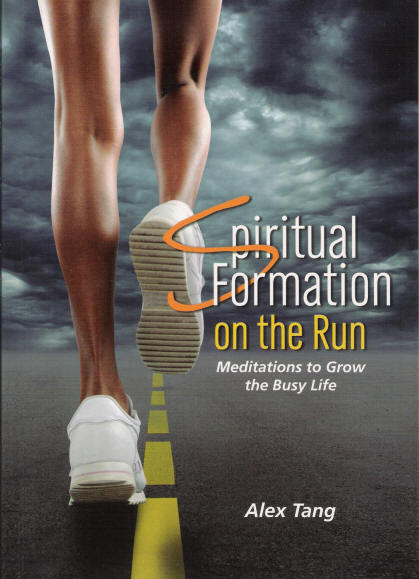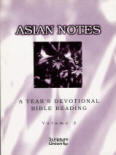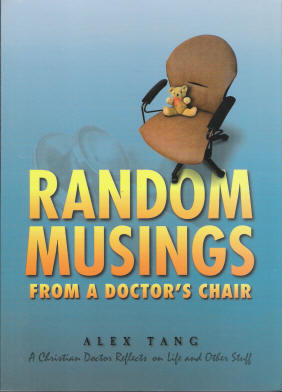Follow Me: A Reveal (1)
 Greg L. Hawkins and Cally Parkinson, 2008, Follow Me: What Next for You? Barrington, IL: The Willow Creek Association
Greg L. Hawkins and Cally Parkinson, 2008, Follow Me: What Next for You? Barrington, IL: The Willow Creek AssociationFollow Me, is a follow up to the Willow Creek Association 2007 report Reveal (read my review). The Reveal report identifies a spiritual continuum that includes four segments of the spiritual journey,
Exploring Christ- “I believe in God, but I am not sure about Christ. My faith is not a significant part of my life.”
Growing in Christ – “I believe in Jesus and I am working on what it means to know him.”
Close to Christ- “I feel really close to Christ and depend on him daily for guidance”
Christ-Centered-“My relationship with Jesus is the most important relationship in my life. It guides everything I do.”
and certain significant roles of the church in this spiritual journey. This has led to some changes in the focus of the Willow Creek Community Church in South Barrington and the Willow Creek Association.
 Follow Me takes up where Reveal left off with the additional results of a survey of 80,000 people in more than 200 churches (151-155) surveyed in November and December 2007 in an attempt to understand the questions raised by Reveal (2007). The “focus of this book is spiritual movement: specifically, what moves a person from one stage of spiritual growth to the next” (27). The survey is both qualitative (using one-to-one interviews) and quantitative (questionnaires and statistical analysis) (144-150).
Follow Me takes up where Reveal left off with the additional results of a survey of 80,000 people in more than 200 churches (151-155) surveyed in November and December 2007 in an attempt to understand the questions raised by Reveal (2007). The “focus of this book is spiritual movement: specifically, what moves a person from one stage of spiritual growth to the next” (27). The survey is both qualitative (using one-to-one interviews) and quantitative (questionnaires and statistical analysis) (144-150).Spiritual growth is defined as three movements:
(1) Movement 1- the earliest stage of spiritual growth
“people gain their initial understanding of the Christian faith and accept that Jesus offs the only true path to salvation. They move from the Exploring Christ segment to the Growing in Christ segment” (28)
(2) Movement 2- the intermediate of spiritual growth
“people become more active in their spiritual experiences as they progress from the Growing in Christ segment to a more intimate Close to Christ relationship” (28).
(3) Movement 3-the more advanced stage of spiritual growth
“a person’s faith shift from a daily awareness of Christ’s presence and involvement (a Close to Christ relationship) to a redefinition of a person’s identity based on their relationship with Christ (a Christ-Centered relationship) (29).
 It was discovered that that are four categories of spiritual catalysts (30-46)(1) spiritual beliefs and attitude(2) organized church activities(3) personal spiritual experiences(4) spiritual activities with others
It was discovered that that are four categories of spiritual catalysts (30-46)(1) spiritual beliefs and attitude(2) organized church activities(3) personal spiritual experiences(4) spiritual activities with othersThe spiritual catalysts are what participants of the research mentioned as the processes that help them to grow spiritually.

The top five catalysts for the movements are
Movement 1 (Exploring Christ to Growing in Christ)
1. Salvation by Grace (spiritual belief/attitude)
2. The Trinity (spiritual belief/attitude)
3. Serve the church (church activity)
4. Prayer to seek guidance (spiritual practice)
5. Reflection on Scripture (spiritual practice) (54-61)
Movement 2 (Growing in Christ to Close to Christ)
1. Personal God (spiritual belief/attitude)
2. Prayer to seek guidance (spiritual practice)
3. Reflection on Scripture (spiritual practice)
4. Solitude (spiritual practice)
5. Evangelism (spiritual activity with others) (61-68)
Movement 3 (Close to Christ to Christ-Centered)
1. Giving away my life (spiritual belief/attitude)
2. Christ is first (spiritual belief/attitude)
3. Identity in Christ (spiritual belief/attitude)
4. Authority of the Bible (spiritual belief/attitude)
5. Reflection on Scripture (spiritual practice) (68-76)
Putting all the research findings together, the authors identified two “breakthrough discoveries”
(1) Christ-centered people show enormous capacity for increased kingdom impact (106-113)
(2) The Bible is the most powerful catalyst for spiritual growth (114-118)
Concluding their analysis, the authors wrote, “(a)s we reflect back over four years of gathering, studying and analyzing data on spiritual growth and the breakthroughs we’ve discovered, we believe that perhaps the church’s greatest role is that of spiritual motivator or spiritual coach” (118).
Willow Creek Community Church’s new strategy in response to these survey results is to “intentionally” adopt the following: (124)
(1) We need to become as radical in equipping believers to live Christ-Centered lives as we are at reaching seekers
(2) We need to morph our midweek service into a variety of “next step” learning opportunities.
The mid week service is a teaching service. The change will be that instead of one main teaching session, there will be many classes with different topics. Members are given the choice to choose the topic they want to learn about. These contents will be also be made available online in addition to other resources.
(3) We have to offer a broader portfolio of targeted experiences and resources to catalyze spiritual movement.
The church plans to offer two types of spiritual experiences; (a) experiences to build communities, and (2) experiences to promote Christlike services. Communities are being reframed from small groups to any types of groups. Service offers the experience of services and also working with other people who are serving.
read my comments in part two
.
Labels: Church, Spiritual Formation















0 Comments:
Post a Comment
<< Home